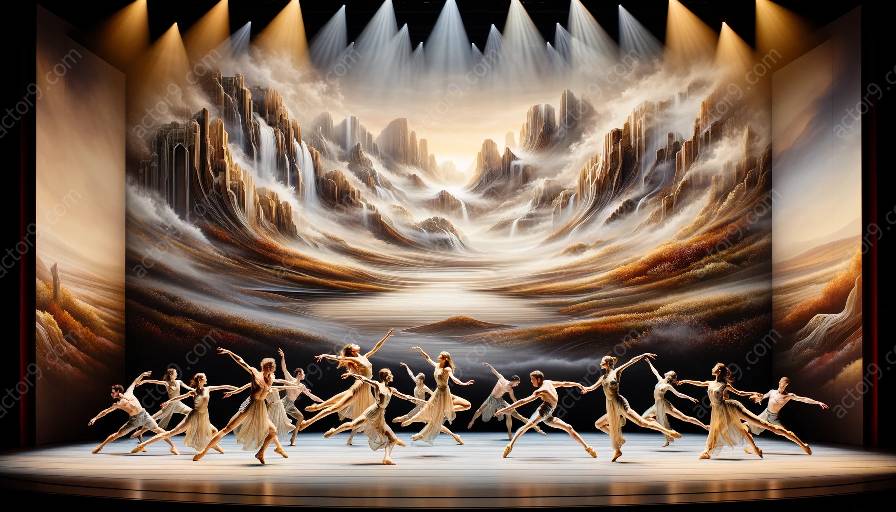The art of physical theatre is a form of performance that relies on the physical movement, gestures, and expressions of the actors to convey the story. Over time, technology has played an increasingly significant role in shaping the creation and execution of physical theatre choreography. In this article, we will explore the impact of technology on physical theatre and how it has influenced the choreographic process.
Understanding Physical Theatre Choreography
Physical theatre is a dynamic and expressive form of performance that combines dance, movement, and drama to communicate narratives and emotions. Unlike traditional theatre, physical theatre emphasizes non-verbal communication through body language, movement, and gestures. The choreography in physical theatre plays a crucial role in shaping the overall aesthetic and storytelling.
Integration of Technology in Choreographic Process
Advancements in technology have revolutionized the way choreographers approach the creative process in physical theatre. The use of motion capture, virtual reality, and interactive multimedia platforms has provided artists with innovative tools to explore movement, experiment with spatial dynamics, and visualize the choreographic concepts in a virtual environment.
For example, motion capture technology enables choreographers to capture and analyze the movements of performers in real-time, allowing them to refine and adapt the choreography with precision. This technology has opened new possibilities for creating complex and intricate movement sequences that push the boundaries of physical expression.
Virtual reality (VR) has also opened new frontiers in the choreographic process by allowing choreographers to immerse themselves in virtual environments and experiment with spatial configurations, perspectives, and interactive elements. VR technology offers a new dimension of creativity, enabling choreographers to envision and design movement sequences in a digital realm before bringing them to life on stage.
Enhancing Performances with Technology
Technology has not only influenced the creation of choreography but has also enhanced the live performance experience in physical theatre. Projection mapping, interactive lighting systems, and interactive soundscapes have been integrated into performances to create immersive and multi-sensory experiences for the audience.
Projection mapping allows choreographers to transform the stage into a dynamic canvas, projecting visuals that interact with the movements of the performers. This symbiotic relationship between technology and choreography gives rise to visually captivating performances that blur the boundaries between physical and digital realms.
Furthermore, interactive lighting and sound systems enable choreographers to synchronize the visual and auditory elements with the performers' movements, creating a harmonious fusion of technology and live performance. This synergy elevates the emotional impact of choreography, captivating audiences and immersing them in a multisensory journey.
Challenges and Innovations
While technology offers a myriad of opportunities for physical theatre choreography, it also presents challenges that require innovative solutions. One of the key challenges is maintaining the authenticity of physical expression amidst the integration of digital elements. Choreographers must carefully balance the use of technology to enhance the storytelling without overshadowing the raw, emotive power of physical performance.
Additionally, the accessibility and affordability of technology can be a barrier for artists and companies with limited resources. However, innovative solutions, such as open-source software and community-driven initiatives, are emerging to democratize access to technological tools and empower artists to explore new frontiers in choreography.
Looking to the Future
The relationship between technology and physical theatre choreography continues to evolve, offering a platform for experimentation and interdisciplinary collaboration. As technology advances, choreographers have the opportunity to push the boundaries of creativity, challenge traditional notions of performance, and engage audiences in transformative experiences that blend the physical and the digital.
Embracing technology as a tool for artistic expression, physical theatre choreographers are poised to shape a new era of performance that celebrates the convergence of the human body and technological innovation.




































